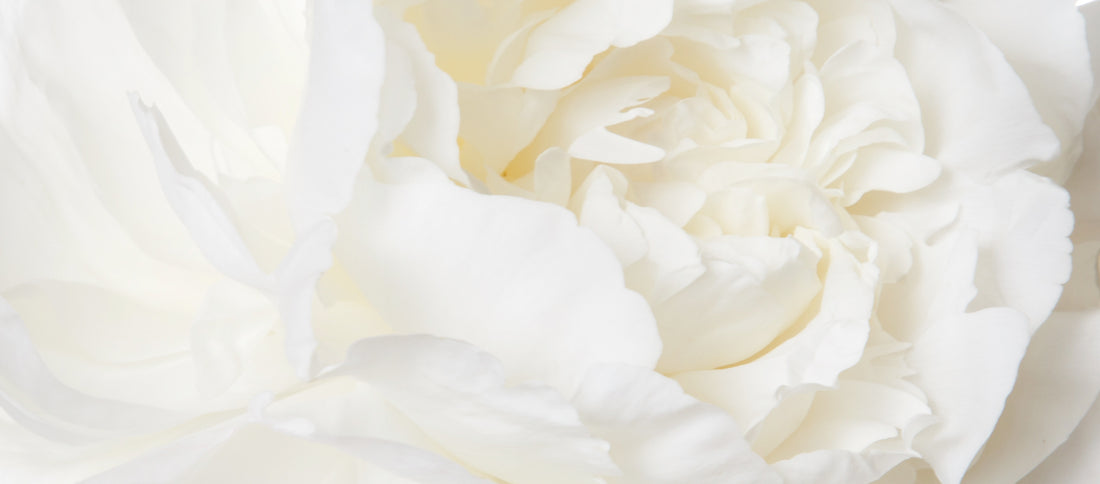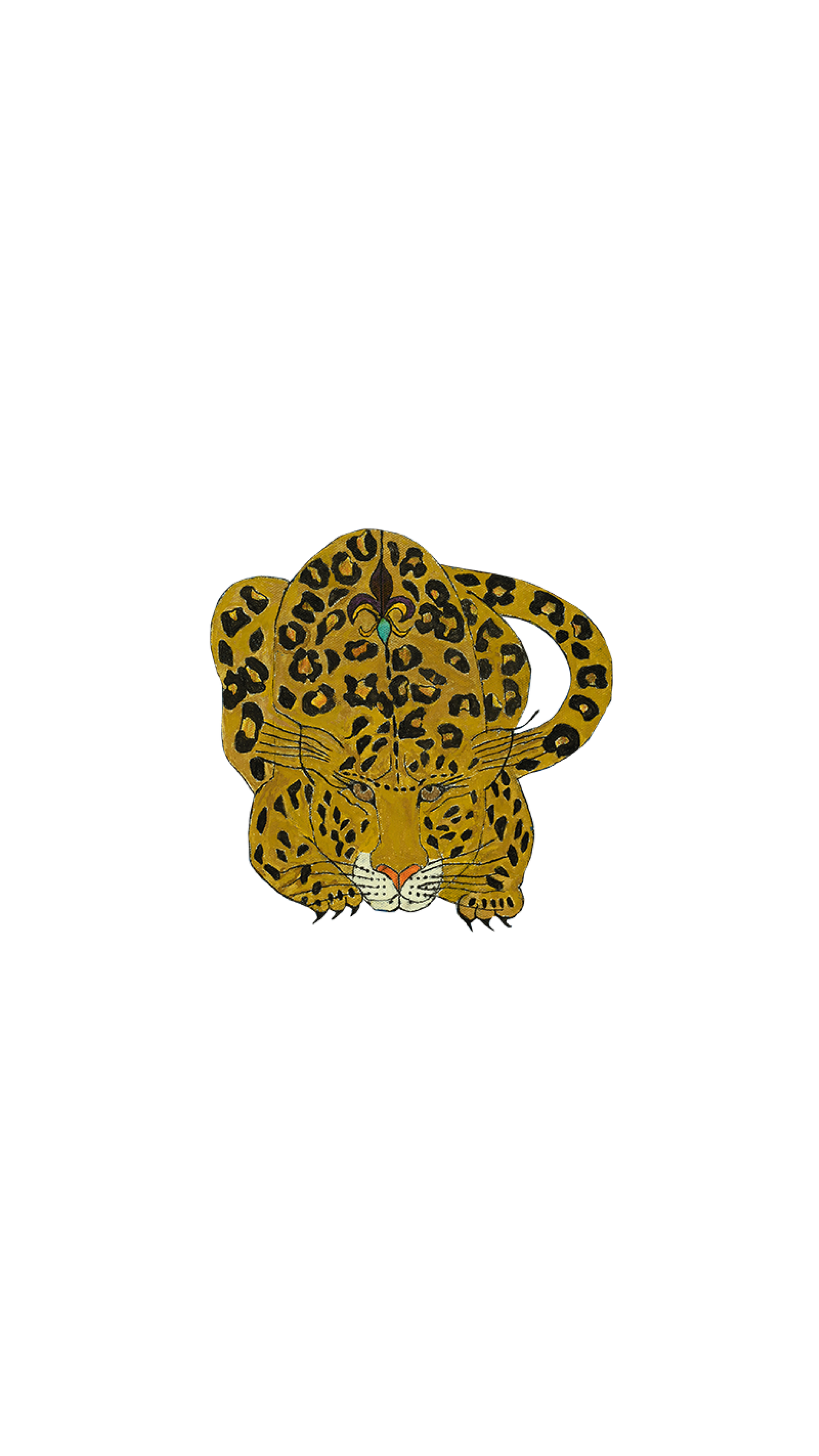
White Peony
Share
The white peony has been used in traditional cosmetic practice in Chinese primarily as an oral treatment for pigmentary disorders for centuries; it was a prized extract known for its skin lighting effects. Direct application of white peony extract to the skin has shown a significant decrease in melanin content after the topical application of the agent on a pigmented epidermis (Qiu et al 201626826350).
Peony extract significantly inhibited poly (I:C)-induced expression of crucial psoriatic cytokines, such as IL-6, IL-8, CCL20 and TNF-α, via down-regulation of NF-κB signaling pathway in human keratinocytes. In addition, peony extract inhibited poly (I:C)-induced inflammasome activation, in terms of IL-1β and caspase-1 secretion. Finally, peony extract markedly inhibited poly (I:C)-increased NLRP3, an important component of inflammasome (Choi et al 201526191223).
These results indicate that peony extract has an inhibitory effect on poly (I:C)-induced inflammatory reaction of keratinocytes, suggesting that peony extract can be developed for the treatment of various proinflammatory disorders including psoriasis (Choi et al 201526191223).
Another study examined the efficacy of paeniflorin at a concentration of 0.5% in reducing wrinkles. The 0.5% paeniflorin was extracted from the root of the Paeonia albiflora The results of this study indicated that there was a significant reduction in facial wrinkling when applied daily for 8 weeks both in the context of skin replica models and blinded assessment by a dermatologist (Hunt et al 201021087067).

